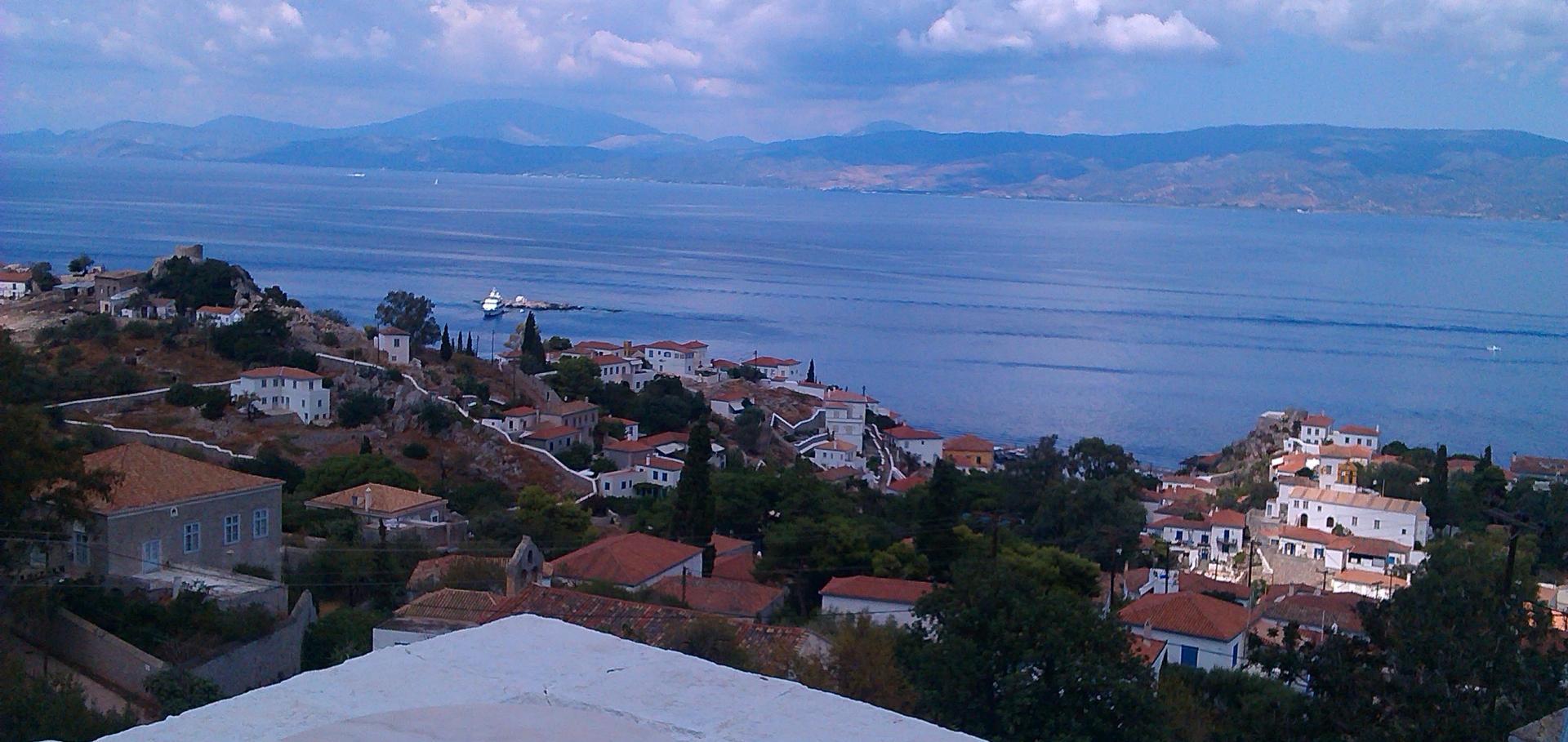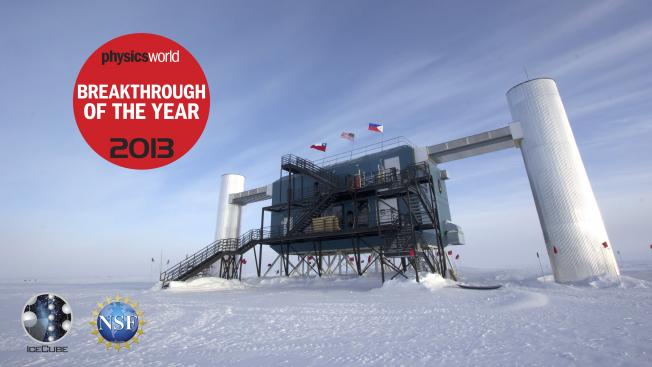IceCube-Gen2: the window to the extreme Universe
IOP Publishing 48:6 (2021) 060501
Authors:
MG Aartsen, R Abbasi, M Ackermann, J Adams, JA Aguilar, M Ahlers, M Ahrens, C Alispach, P Allison, NM Amin, K Andeen, T Anderson, I Ansseau, G Anton, C Argüelles, TC Arlen, J Auffenberg, S Axani, H Bagherpour, X Bai, A Balagopal, A Barbano, I Bartos, B Bastian, V Basu, V Baum, S Baur, R Bay, JJ Beatty, K-H Becker, J Becker Tjus, S BenZvi, D Berley, E Bernardini, DZ Besson, G Binder, D Bindig, E Blaufuss, S Blot, C Bohm, M Bohmer, S Böser, O Botner, J Böttcher, E Bourbeau, J Bourbeau, F Bradascio, J Braun, S Bron, J Brostean-Kaiser, A Burgman, RT Burley, J Buscher, RS Busse, M Bustamante, MA Campana, EG Carnie-Bronca, T Carver, C Chen, P Chen, E Cheung, D Chirkin, S Choi, BA Clark, K Clark, L Classen, A Coleman, GH Collin, A Connolly, JM Conrad, P Coppin, P Correa, DF Cowen, R Cross, P Dave, C Deaconu, C De Clercq, JJ DeLaunay, S De Kockere, H Dembinski, K Deoskar, S De Ridder, A Desai, P Desiati, KD de Vries, G de Wasseige, M de With, T DeYoung, S Dharani, A Diaz, JC Díaz-Vélez, H Dujmovic, M Dunkman, MA DuVernois, E Dvorak, T Ehrhardt, P Eller, R Engel, JJ Evans, PA Evenson, S Fahey, K Farrag, AR Fazely, J Felde, AT Fienberg, K Filimonov, C Finley, L Fischer, D Fox, A Franckowiak, E Friedman, A Fritz, TK Gaisser, J Gallagher, E Ganster, D Garcia-Fernandez, S Garrappa, A Gartner, L Gerhard, R Gernhaeuser, A Ghadimi, C Glaser, T Glauch, T Glüsenkamp, A Goldschmidt, JG Gonzalez, S Goswami, D Grant, T Grégoire, Z Griffith, S Griswold, M Gündüz, C Haack, A Hallgren, R Halliday, L Halve, F Halzen, JC Hanson, K Hanson, J Hardin, J Haugen, A Haungs, S Hauser, D Hebecker, D Heinen, P Heix, K Helbing, R Hellauer, F Henningsen, S Hickford, J Hignight, C Hill, GC Hill, KD Hoffman, B Hoffmann, R Hoffmann, T Hoinka, B Hokanson-Fasig, K Holzapfel, K Hoshina, F Huang, M Huber, T Huber, T Huege, K Hughes, K Hultqvist, M Hünnefeld, R Hussain, S In, N Iovine, A Ishihara, M Jansson, GS Japaridze, M Jeong, BJP Jones, F Jonske, R Joppe, O Kalekin, D Kang, W Kang, X Kang, A Kappes, D Kappesser, T Karg, M Karl, A Karle, T Katori, U Katz, M Kauer, A Keivani, M Kellermann, JL Kelley, A Kheirandish, J Kim, K Kin, T Kintscher, J Kiryluk, T Kittler, M Kleifges, SR Klein, R Koirala, H Kolanoski, L Köpke, C Kopper, S Kopper, DJ Koskinen, P Koundal, M Kovacevich, M Kowalski, CB Krauss, K Krings, G Krückl, N Kulacz, N Kurahashi, C Lagunas Gualda, R Lahmann, JL Lanfranchi, MJ Larson, U Latif, F Lauber, JP Lazar, K Leonard, A Leszczyńska, Y Li, QR Liu, E Lohfink, J LoSecco, CJ Lozano Mariscal, L Lu, F Lucarelli, A Ludwig, J Lünemann, W Luszczak, Y Lyu, W Y, J Madsen, G Maggi, KBM Mahn, Y Makino, P Mallik, S Mancina, S Mandalia, IC Mariş, S Marka, Z Marka, R Maruyama, K Mase, R Maunu, F McNally, K Meagher, A Medina, M Meier, S Meighen-Berger, J Merz, ZS Meyers, J Micallef, D Mockler, G Momenté, T Montaruli, RW Moore, R Morse, M Moulai, P Muth, R Naab, R Nagai, J Nam, U Nauman, J Necker, G Neer, A Nelles, LV Nguyễn, H Niederhausen, MU Nisa, SC Nowicki, DR Nygren, E Oberla, A Obertacke Pollmann, M Oehler, A Olivas, E O’Sullivan, Y Pan, H Pandya, DV Pankova, L Papp, N Park, GK Parker, EN Paudel, P Peiffer, C Pérez de los Heros, TC Petersen, S Philippen, D Pieloth, S Pieper, JL Pinfold, A Pizzuto, I Plaisier, M Plum, Y Popovych, A Porcelli, M Prado Rodriguez, PB Price, GT Przybylski, C Raab, A Raissi, M Rameez, L Rauch, K Rawlins, IC Rea, A Rehman, R Reimann, M Renschler, G Renzi, E Resconi, S Reusch, W Rhode, M Richman, B Riedel, M Riegel, EJ Roberts, S Robertson, G Roellinghoff, M Rongen, C Rott, T Ruhe, D Ryckbosch, D Rysewyk Cantu, I Safa, SE Sanchez Herrera, A Sandrock, J Sandroos, P Sandstrom, M Santander, S Sarkar, S Sarkar, K Satalecka, M Scharf, M Schaufel, H Schieler, P Schlunder, T Schmidt, A Schneider, J Schneider, FG Schröder, L Schumacher, S Sclafani, D Seckel, S Seunarine, MH Shaevitz, A Sharma, S Shefali, M Silva, D Smith, B Smithers, R Snihur, J Soedingrekso, D Soldin, S Söldner-Rembold, M Song, D Southall, GM Spiczak, C Spiering, J Stachurska, M Stamatikos, T Stanev, R Stein, J Stettner, A Steuer, T Stezelberger, RG Stokstad, NL Strotjohann, T Stürwald, T Stuttard, GW Sullivan, I Taboada, A Taketa, HKM Tanaka, F Tenholt, S Ter-Antonyan, A Terliuk, S Tilav, K Tollefson, L Tomankova, C Tönnis, J Torres, S Toscano, D Tosi, A Trettin, M Tselengidou, CF Tung, A Turcati, R Turcotte, CF Turley, JP Twagirayezu, B Ty, E Unger, MA Unland Elorrieta, J Vandenbroucke, D van Eijk, N van Eijndhoven, D Vannerom, J van Santen, D Veberic, S Verpoest, A Vieregg, M Vraeghe, C Walck, TB Watson, C Weaver, A Weindl, L Weinstock, MJ Weiss, J Weldert, C Welling, C Wendt, J Werthebach, N Whitehorn, K Wiebe, CH Wiebusch, DR Williams, SA Wissel, M Wolf, TR Wood, K Woschnagg, G Wrede, S Wren, J Wulff, XW Xu, Y Xu, JP Yanez, S Yoshida, T Yuan, Z Zhang, S Zierke, M Zöcklein



